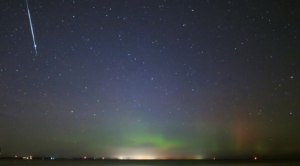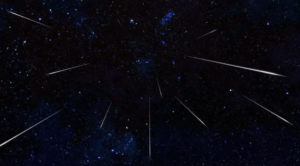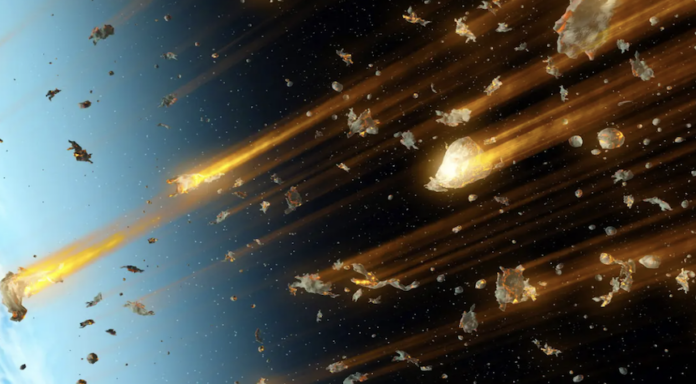Two sister meteor showers have already been flashing across the night sky — and they will peak one week apart.
The Southern Taurids reach their peak early on Tuesday morning, and the Northern Taurids do so on November 12.
Sally Brummel is the planetarium manager of the University of Minnesota Bell Museum. She said that the showers produce only five meteors visible per hour in ideal viewing conditions. However, the fireballs are usually very bright.
She said, “What’s noteworthy is that they are likely to produce brighter, longer-lasting, and more frequent meteors than other showers.”
The Southern Taurids peak in the evening when the moon is only 11% full. Moonlight may obscure the Northern Taurids more, as the moon is 79% full.

Both showers can be seen until December. What do you need to know about Taurids and other meteor showers?
You don’t need any special equipment to view the meteor showers that occur every year.
The debris from comets is the source of most meteor showers. Both showers have the same parent — the comet Encke’s debris.
The air resistance makes the rocks very hot when they enter the Earth’s atmosphere. The air glows around them, and a short time later they leave a fiery trail behind them.
In the night sky, you may see glowing pockets of air surrounding fast-moving space rock, which can range from a small dust particle to an enormous boulder.

Both showers have similar names because they are seen to originate at different points within the constellation Taurus.
Most meteor showers can be seen between midnight and dawn.
Away from the city lights, it’s easier to spot shooting stars. Meteor showers are also brightest when there is no cloud cover and the moon is at its smallest.
Your eyes will be better adapted for seeing meteors when you don’t check your phone.
The next meteor shower after the Taurids is the Leonids. It will peak in the early morning hours of November 17.




